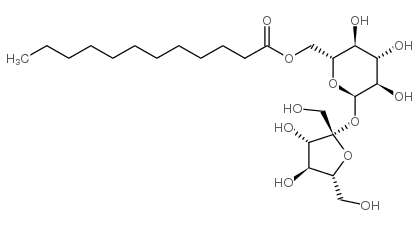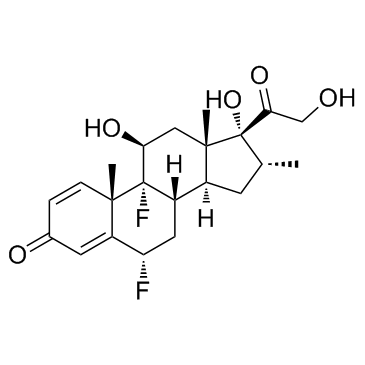| Structure | Name/CAS No. | Articles |
|---|---|---|
 |
sucrose monolaurate
CAS:25339-99-5 |
|
 |
Flumethasone 21-pivalate
CAS:2002-29-1 |
|
 |
Flumethasone
CAS:2135-17-3 |